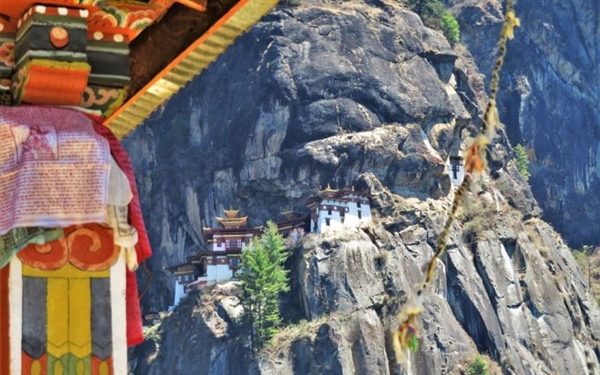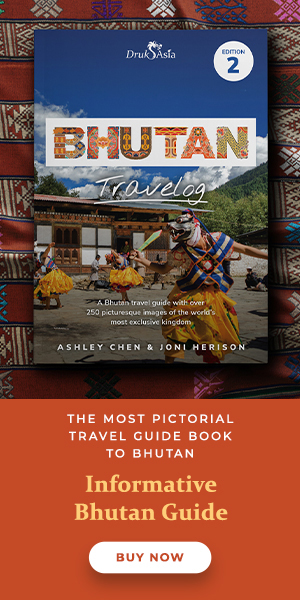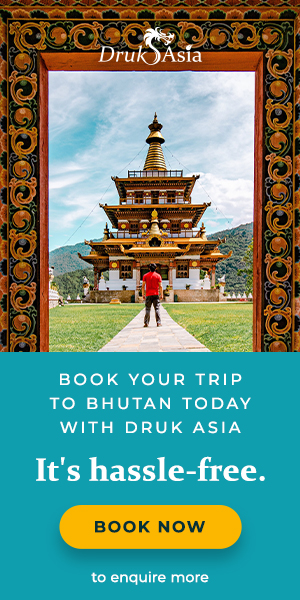Can Bhutan Take Its Happiness Brand To The Next Level?
Two key challenges: galvanising citizens as brand ambassadors and applying brand recognition to growth sectors.
 Applying brand Bhutan to grow emerging sectors such as information technology or natural products is mainly about ensuring consistency between brand promise and brand delivery.
(Source: Koh Buck Song)
Applying brand Bhutan to grow emerging sectors such as information technology or natural products is mainly about ensuring consistency between brand promise and brand delivery.
(Source: Koh Buck Song)
By Koh Buck Song | The Business Times
Happiness was on everyone's lips recently, when I informed friends and contacts about receiving an invitation to visit Bhutan as a guest of the King last week.
Many nations dream of universally positive brand recall, but Bhutan has already reached the minds - if not yet touched the hearts - of most other people around the globe.
Some countries have what I coin "brand keloids" in my book Brand Singapore: certain negative preconceptions from the past that are hard to shake off.
For example, Singapore is sometimes thought of as being too regulated, which is actually part of the discipline underpinning much of its material, and even social, success. But when it comes to brand association, people who do not know Singapore so well can get stuck on enduring memories of the infamous chewing gum import ban.
On this "brand keloids" score, Bhutan has an almost flawless complexion. But this is not to say that being so closely associated with happiness does not bring with it some burdens.
Chief among these is the weight of unfair expectations: Some people wonder why Bhutan is ranked not number one, but only 95th, on the United Nations' World Happiness Report 2019. Singapore, in comparison, is 34th, despite its comparatively closer embrace of materialism.
The truth, of course, is buried beneath the methodology of the UN's country-by-country questionnaire, and in the ultimate futility of chasing after such national rankings.
Also, Bhutan never really claimed to be "the happiest place on earth". Instead, its true value-add is less for individual bliss and more for governance - for global understanding on achieving happiness in its leadership in the model of Gross National Happiness (GNH) to order a society's priorities more holistically.
To cite one aspect, one of GNH's four pillars is "sustainable and equitable socio-economic development", which has much to teach the world on the two current major global issues of climate change and socio-economic inequality.
Many countries could have reduced the extent of their current troubles, such as environmental degradation and political divisiveness, if they had taken the GNH model to heart and implemented its approaches to pursue social and economic goals always in tandem.
Rankings aside, for Bhutan to take its happiness brand to the next level in more pragmatic terms, the key challenges now are twofold: (1) How to apply an already internationally familiar nation brand to good effect in identified sunrise sectors of the economy, and (2) How to motivate and involve ordinary Bhutanese in nation brand-building.
First, applying brand Bhutan to grow emerging sectors such as information technology or natural products is mainly about ensuring consistency between brand promise and brand delivery.
It is not so important to ensure a unified "mother brand" in look and feel covering all economic sectors. This means that there is no immediate need (as has been recommended in the past) to do away with Bhutan's current tourism branding, which features the successful tagline "Happiness is a place" and the national flower, the Himalayan blue poppy.

Blue poppy logo. (Photo: Tourism Council of Bhutan)
Instead, the sub-brands for tourism and economic development can carry on "doing their own thing", so long as the underlying brand attributes are consistent, as is the case with brand Singapore.
For economic development, what matters more is Singapore's approach of direct marketing, largely on a business-to-business (B2B) level - so for Bhutan, a particular industry sector's brand promise can leverage the power of the country's happiness brand recall and align it to a sectoral brand attribute.
So, for example, the branding of natural products should resonate with the happiness that comes from eating well and living longer from self-sustaining sourcing.
Second, for internal brand communication, engaging Bhutanese people to contribute to the nation brand will probably require some effort in public education.
Of all the various explanatory elaborations on the term "happiness", my favourite is "lasting joy", the long-term personal goal of most of humanity, but this can raise questions at the national level.
On a daily basis, there is some truth to the observation that most Bhutanese are so contented with their lot in life, that some may need more convincing on why they should trade off life's simple pleasures and embrace change that may look too materialistic at first glance.
As for external brand-building, Bhutanese authorities could perhaps take a leaf from Singapore's current "Passion Made Possible" brand for tourism and economic development.
Here, the key method is to enlist ordinary citizens as country brand ambassadors and to profile them, complete with name and career highlights. Featuring authentic living examples of the country brand can help steer an engaging path away from simplistic stereotypes, towards deeper appreciation of a place's true brand attributes.
For brand Bhutan, the way forward is a bit like the long hike to the famous Tiger's Nest monastery near the town of Paro. "No pain, no gain" is a simplistic summary of a basic Buddhist belief: The more arduous the journey, the more cherished will be the merit gained.
Looking at how some Bhutanese can literally skip up and down the mountainside, it is reasonable to believe that, once consensus is formed on brand Bhutan's next objectives, Bhutanese people will be quite happy to work towards the country's next phase of development.
The writer was the featured speaker on nation branding and building at the 5th RIGSS (Royal Institute for Governance and Strategic Studies) Dialogue in Bhutan last week.
This article was first published in The Business Times.




